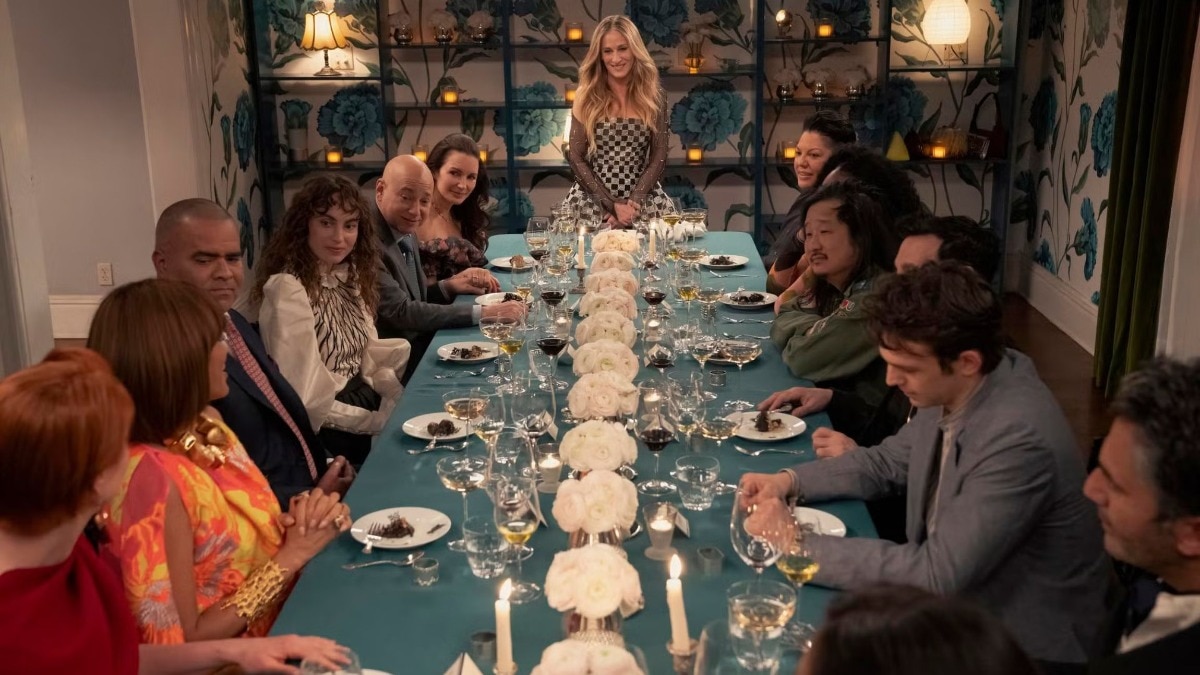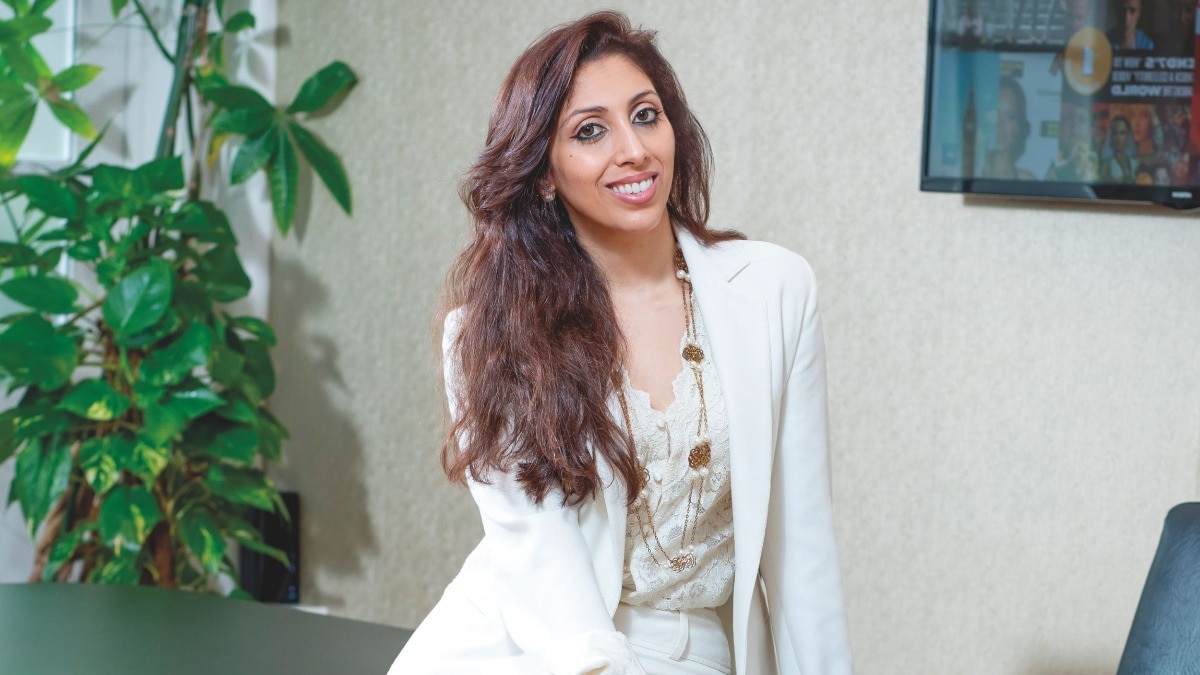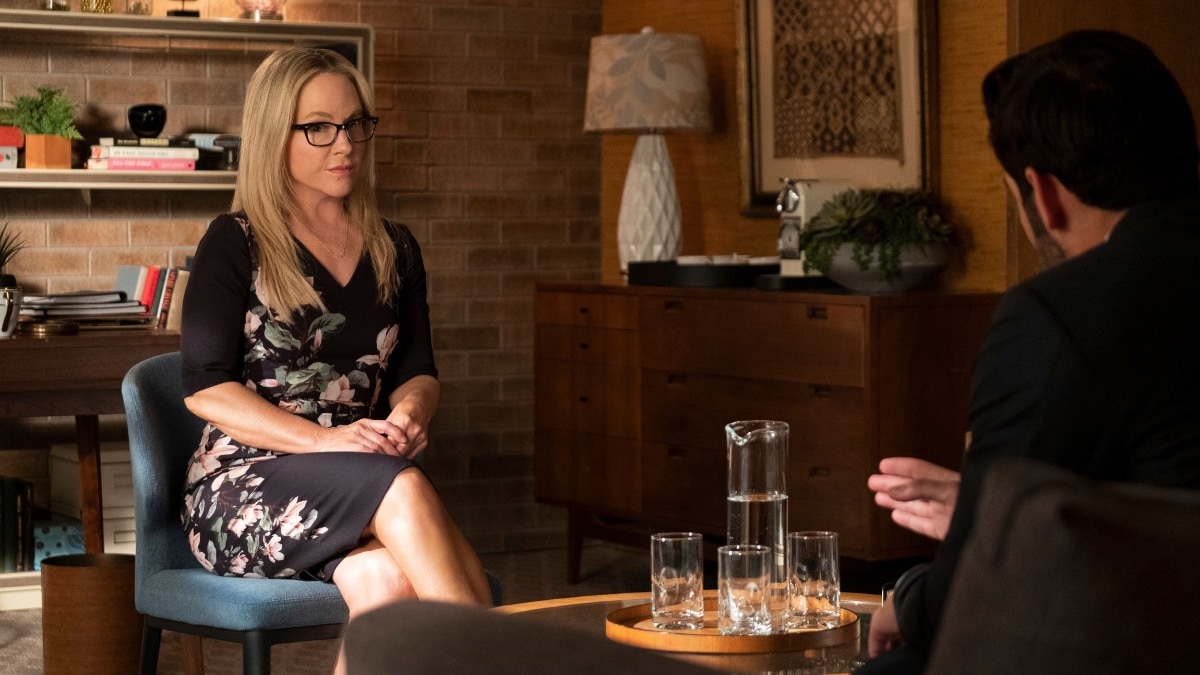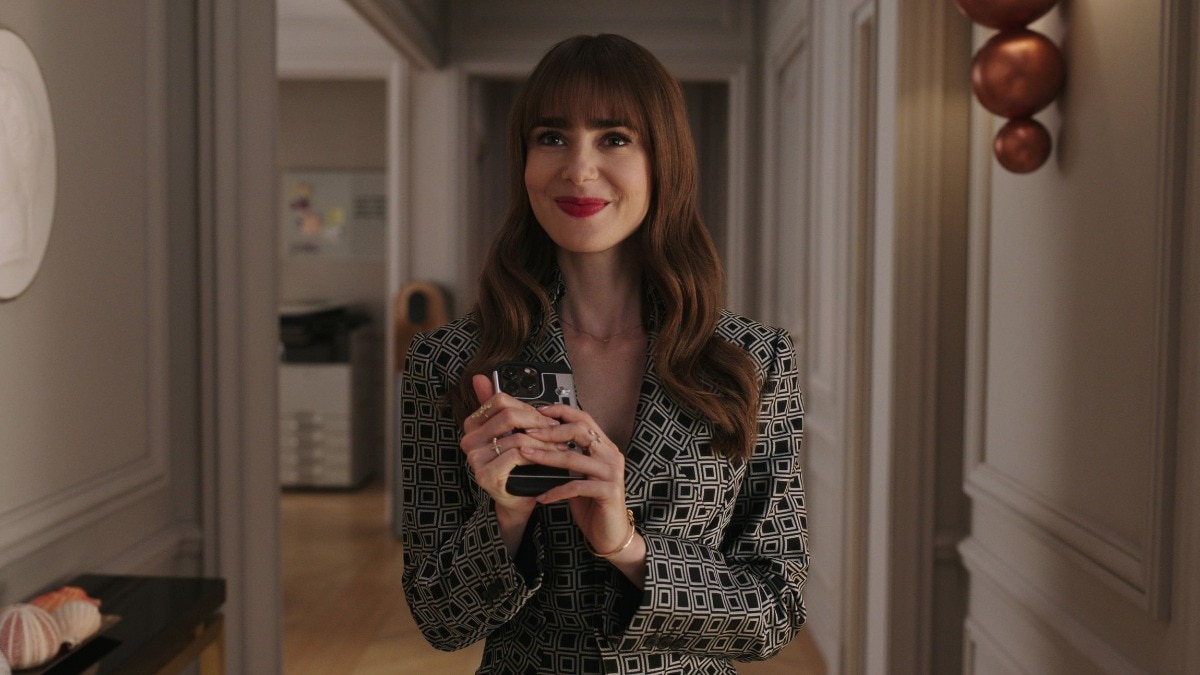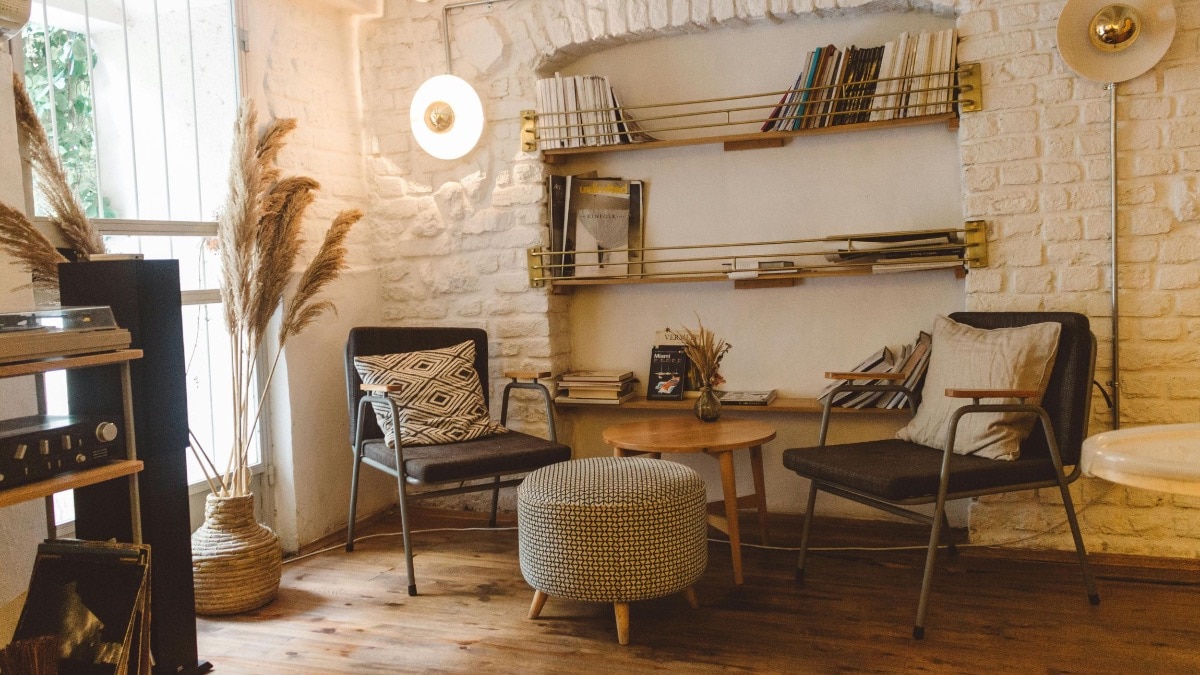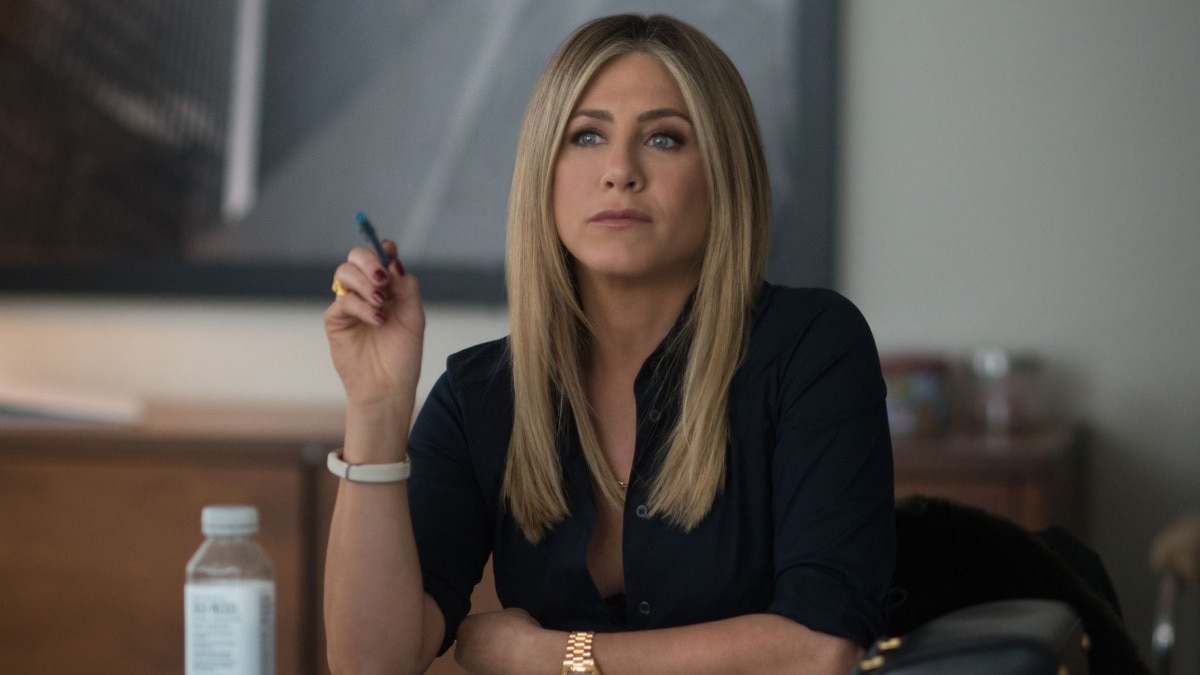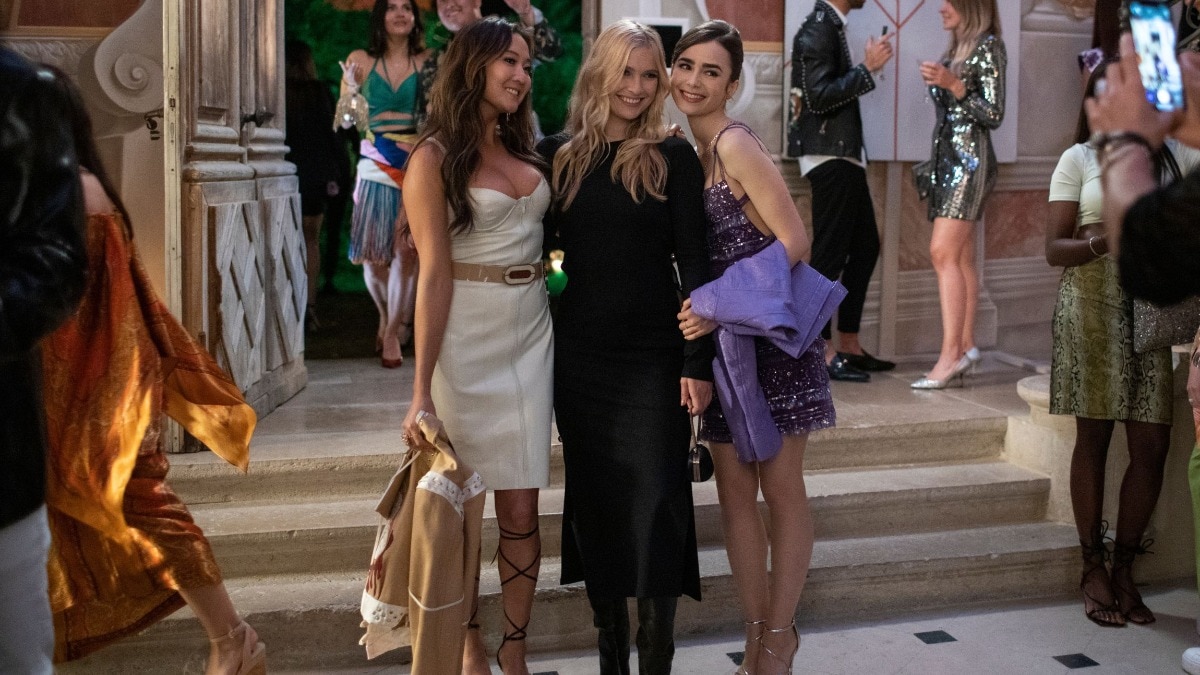
Usha Uthup, Sohaila Kapur, and Kaushalya Reddy give us a peek into their journeys to success and fame
Bazaar India speaks to three women artists—a playback singer, an actor, and a Kuchipudi dancer—who have been trailblazers and dared to pave their own path.


Artists, at the top of their craft, are known to navigate an exceptional route that sees them take one right step after another on the road to success. Not willing to bow down to what the world thinks about what they should do, these charismatic personalities are cut from a different cloth to make a name for themselves and carve their own niche. This read sheds light on three terrific ladies, who channel their talent through expression, emotion, art, and heart. Refuse to be bound to the discipline that defines them, the common thread between them all is how their craft has transformed into stories that we will fondly remember.
USHA UTHUP, Playback Singer

Lovingly known as didi, Usha Uthup opted the not-so-easy path to success and, over time, built a reputation of being a versatile artist who dons more hats than one—she’s a playback singer and actor. Usha believes that every genre of music and each aspect of film and theatre are interconnected. “My journey has been truly remarkable. The timing of my entry was serendipitous; in 1969 there were few singers like me who were performing in clubs. My entry was made smoother as I sang both Western music and Hindi songs (especially at nightclubs) until I received the opportunity to sing in Indian film industry.”
Radio played a pivotal role when Usha started her career about 54 years ago. “My inspiration in music,” she recalls, “was primarily drawn from the medium (radio) because electronic media was limited back then. American singer Harry Belafonte remains my forever icon as far as his connection with his audience is concerned. The likes of Lata Mangeshkar, Asha Bhosle, Kishore Kumar, and contemporary singers such as Sunidhi Chauhan, Arijit Singh, and Shreya Ghoshal have also left an indelible mark on me.”
Not being formally trained in music did not deter Usha—in fact, she embraced it as an advantage. She says that authenticity matters more to her than vocal prowess. “I refused to imitate others, which, I believe, is the reason why I am still around in the industry,” she shares. The multi-hyphenate is no different; she’s faced both the highs and lows of life: “Overcoming challenges is about finding strength within and embracing uniqueness. My distinctive voice sets me apart from conventional playback singers, and I am content with who I am and where I come from.” In fact, Usha was one to not just “shatter the glass ceiling” but also “think outside the box.” She adds, “My voice was different and realising my limitations early on empowered me.”
Usha (75) does not want to be labelled a mere vocalist, but a singer who is a storyteller. “I constantly strive to reinvent and recreate the same song over and over again for my audience. I believe honesty on stage and in real life, and total dedication to your passion are what you need to succeed.” The artist also mentions that she owes her success to the audience—Usha is grateful that they’ve shaped her journey and given her a chance to do just what she loves. “I have always believed that a song is always bigger than the singer so when the audience becomes one with you, that is when you witness true magic.”
As an artist and an individual, Usha aims to leave behind happiness. “If I’ve brought about a moment of joy in someone’s life, that would be my legacy. Ultimately, my hope is to be remembered for bringing cheer, even if it is just for a short while.” She signs off by sharing a sentiment that she mentions is close to her heart, “Don’t tell God that my problems are big; tell my problems that my God is bigger.”
SOHAILA KAPUR, Actor

Sohaila Kapur’s inclination towards art came about at an early age. “I was extremely enterprising as a kid; I started writing my own scripts as a five year old, and also directed and acted in them while schoolmates and neighbours starred as co-actors. I even typed out tickets for these shows...and yes, I charged 25 paise per entry! My dad was instructed as to where he’d have to shine the table lamp light during a scene, and he would oblige,” she recalls. Sohaila, whose maternal uncles were the iconic actors/directors Chetan, Dev, and Vijay Anand, mentions that there were a number of creative moments that inspired her during her formative years, “As kids, we eagerly watched shoots and films by the trio. My trips to Bombay (now Mumbai) were extremely exciting because I’d get to meet the three of them who were already national icons. I always dreamt of becoming a heroine in films, as most young girls do.” However, for Sohaila—her parents always encouraged her to take up such creative pursuits as hobbies—the path to artistic fulfilment wasn’t one without its challenges, “A career in entertainment was discouraged among girls. So, my mother decided that my third talent [writing] was respectable enough, and wanted me to take up journalism. My mother wanted to be a dancer and a journalist when she was young, but since the society she grew up in did not agree with her choices, she ensured I did those, almost as if to fulfil her own desires.”
Sohaila established herself as a prominent journalist, but “entertainment was still on my mind. I joined local theatre groups and acted with the likes of Shabana Azmi, Tom Alter, Anupam Kher, Satish Kaushik, Neena Gupta, Jaaved Jafferi, Soni Razdan, to name a few.” Over time, she worked in the emerging medium of television, and later, as the entertainment landscape evolved, she seized an opportunity presented by Netflix to carve a niche in acting and direction, and starred in the Kabir Khan directorial Phantom (2015). She mentions the award-winning National Geographic documentary, Indian Witch Hunt as her standout project, “It explored the reason behind murders of elderly widows who were dubbed as witches in Jharkhand. I was taken on board because of Witchcraft In Western India, an investigative book I’d written about witchcraft rituals in Kerala and the west coast of India.” As an artist, her self-care rituals include “making sure there is no tension with people on set as that hinders my performance. Also, I ensure my projects are well spaced out, eat well, and relax on my hours off”. Offering advice to emerging artists, she concludes, “Be committed to your art, don’t give up if you do see failures en route as those are inevitable especially if you want to taste success.”
Kaushalya Reddy, Kuchipudi Dancer

Blending the art of storytelling, intricate footwork, and cultural richness, Kaushalya Reddy, a doyenne of the Kuchipudi dance form, has captivated audiences worldwide with her grace, precision, and expressions. Her journey began when she came to Delhi from Hyderabad [now Telangana] as a little girl to live with her sister (Radha Reddy) and her sister’s husband (Raja Reddy). It was in Delhi that she built the foundation of her career. “Performing on stage and teaching dance gives me a lot of happiness...because I am extremely passionate about it,” she says. Kaushalya also loves the opportunity to travel the world, which allows her to interact with various people and grow as an artist. “People love classical dance because of the beautiful attire—silk fabric, temple jewellery—and the spirituality of the dance form...it is simply divine.” However, her road to success was not one without problems.
She belonged to the Reddy community, who took pride in being patrons rather than performers. “When we took up dancing, the whole community was against us. We didn’t have the support of our family or our community,” shares the Kuchipudi maestro. Another challenge in her life was her unconventional marriage to her sister’s husband. “I am his second wife. It was difficult for people to accept me as his wife (both Radha and Raja are also her gurus).” Challenges, hurdles and tribulations, Kaushalya believes, makes one more positive and self-assured. The most defining moment of her career, she recalls, is when the world accepted her as Raja Reddy’s second wife. “From lawmakers to rules, everyone accepted me...they didn’t think of me as a home-wrecker. More than anything, I’d give all the credit to my sister; this wouldn’t have been possible without her sacrifice and support.”
Kaushalya’s passion and belief in herself helped her forge ahead, undeterred. Apart from Raja-Radha Reddy, the artist looks up to several other icons in the dance world—Yamini Krishnamurthy (Bharatanatyam and Kuchipudi dancer), and the late Sanjukta Panigrahi (Odissi dancer). The artist says that if you know how to juggle your life then maintaining work-life balance is not a Herculean task. “When our kids were younger, we would practise in the morning so that we could spend time with them when they returned from school,” she adds. Kaushalya’s dedication to preserving the art form is evident when she says: “My students should guide anyone who wants to pursue Kuchipudi. I am fortunate to be able to leave behind this beautiful legacy because I want this generation to take this art forward.”

